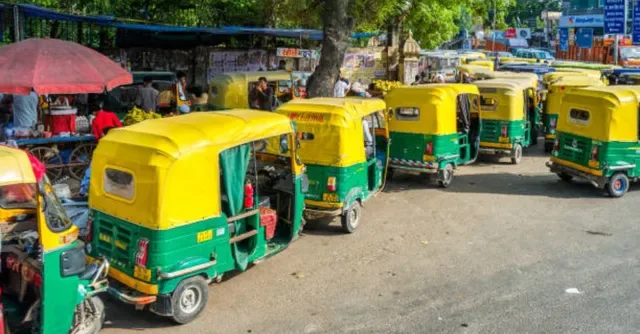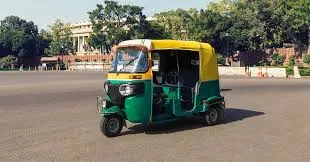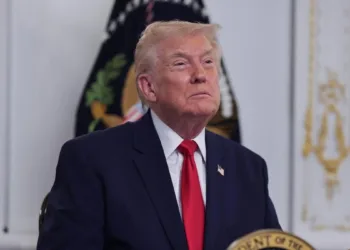After nearly four years, Bengaluru commuters are facing a significant change in their daily travel costs. The minimum fare has increased to ₹36 for the first 2 km, with ₹18 charged per kilometer thereafter. This marks the first auto fare revision since 2020, impacting millions of daily commuters across the Silicon Valley of India.
Table of Contents
Bengaluru Auto Fare Structure: What You Need to Know
The official notification was issued on July 14, with 90 days granted for recalibrating meters, ensuring a smooth transition for both drivers and passengers.

Current vs. New Fare Comparison
| Fare Component | Previous Rate | New Rate | Increase |
|---|---|---|---|
| Base Fare (First 2 km) | ₹30 | ₹36 | 20% |
| Per KM (After 2 km) | ₹15 | ₹18 | 20% |
| Night Surcharge (10 PM – 5 AM) | 50% | 50% | No Change |
| Waiting Charges | ₹4/min | ₹5/min | 25% |
| Baggage Charges | ₹5 | ₹6 | 20% |
Impact on Popular Routes
The 20% fare increase affects commuters differently based on their travel distance. For short trips within the city, passengers will pay approximately ₹6 more, while longer journeys could see increases of ₹20-30.
Sample Fare Calculations:
- 2 km journey: ₹30 → ₹36 (₹6 increase)
- 5 km journey: ₹75 → ₹90 (₹15 increase)
- 10 km journey: ₹120 → ₹144 (₹24 increase)
Key Changes for Commuters
The revised fare applies within the Bruhat Bengaluru Mahanagara Palike (BBMP) limits, ensuring standardized pricing across the city. Night fares, applicable between 10 PM and 5 AM, will incur an additional 50% over the normal rate.
What This Means for Your Budget
For regular commuters using auto-rickshaws twice daily, the monthly increase could range from ₹360 to ₹1,440, depending on travel distance. This adjustment reflects rising fuel costs and operational expenses faced by auto drivers.
Government’s Rationale
The fare hike comes after sustained pressure from auto-rickshaw unions citing increased fuel prices, maintenance costs, and inflation. The Karnataka Transport Department approved these revisions to ensure sustainable livelihoods for drivers while maintaining affordable public transportation.
The decision also aligns with fare structures in other major Indian cities, where similar increases have been implemented over the past year. For comparison, check our analysis of transport costs across Indian metros.

Timeline and Implementation
Auto-rickshaw drivers have been given 90 days from the notification date to recalibrate their meters. During this transition period, passengers should verify fares and ensure drivers are following the new rate structure.
Tips for Commuters
- Use Digital Payment: Many auto drivers now accept UPI payments, making transactions smoother
- Check Meter Calibration: Ensure the meter reflects the new fare structure
- Keep Fare Chart Handy: Download the official fare chart for reference
- Explore Alternatives: Consider metro connectivity options for longer routes
Looking Ahead
This fare revision represents the first step toward modernizing Bengaluru’s auto-rickshaw system. Future developments may include GPS-enabled meters and integrated payment systems, similar to digital transportation initiatives in other cities.
The increased fares, while challenging for daily commuters, aim to create a more sustainable transportation ecosystem. With Bengaluru’s growing population and expanding city limits, efficient public transport pricing becomes crucial for urban planning.
Stay updated with the latest transport news and city developments by following our Bengaluru city coverage for more insights on urban mobility and infrastructure changes.
Frequently Asked Questions
Q: Are the new auto fares applicable throughout Bengaluru?
A: The new fare structure is applicable only within BBMP (Bruhat Bengaluru Mahanagara Palike) limits. Areas outside BBMP boundaries may have different fare structures.
Q: What should I do if an auto driver charges the old rates?
A: Drivers have 90 days from July 14 to recalibrate their meters. During this period, you can refer to the official fare chart or contact the transport helpline for assistance. Always insist on using the meter for fair pricing.








